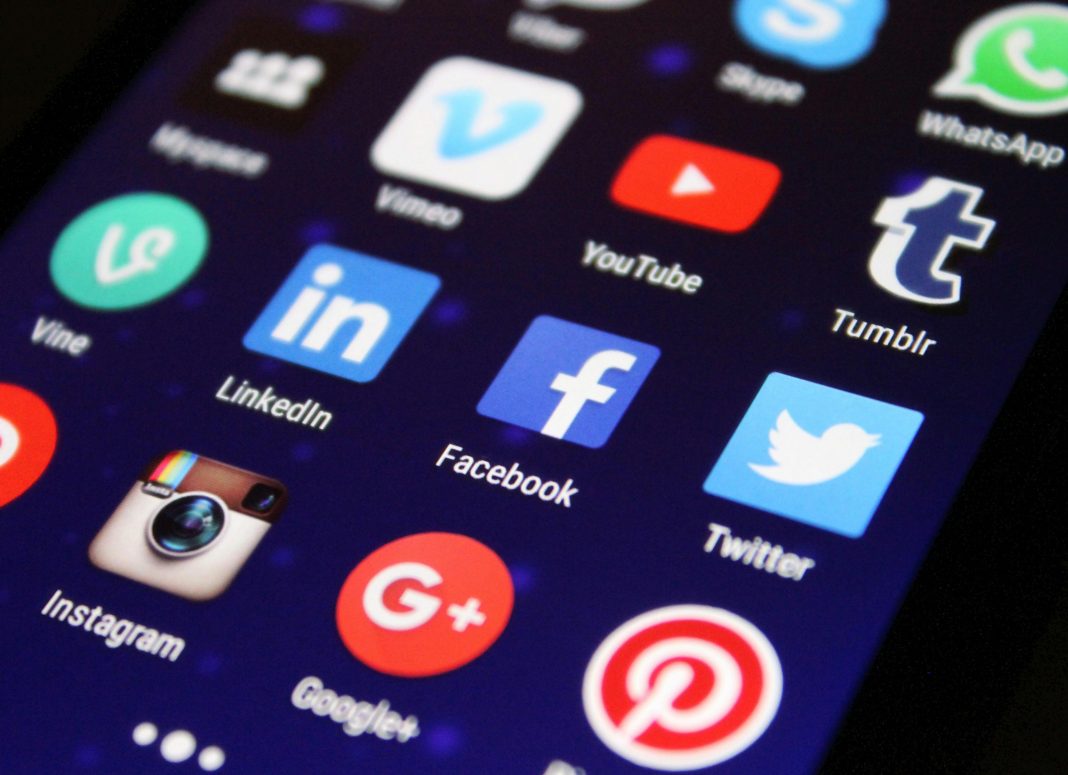In an age where globalization threatens the fabric of indigenous cultures, social media emerges as a potent force for the preservation and revitalization of indigenous languages. Once on the brink of extinction, many of these languages are experiencing a renaissance, thanks to digital platforms that facilitate community building, learning, and intergenerational dialogue. This transformative shift not only empowers linguistic diversity but also strengthens cultural identity among indigenous communities worldwide.
Social Media: A Catalyst for Language Revival
Community Engagement: Platforms like Facebook, Twitter, and Instagram have become vibrant spaces for speakers of indigenous languages to connect, share, and celebrate their linguistic heritage. These digital communities offer a sense of belonging and a supportive environment for language learning and practice.
Educational Opportunities: YouTube channels dedicated to language instruction, apps integrating indigenous languages, and interactive games are making language learning accessible and enjoyable. TikTok, with its short, engaging content, has become a particularly effective tool for language teaching and immersion.
Visibility and Advocacy: Social media campaigns, utilizing hashtags and viral challenges, raise awareness about the importance of preserving indigenous languages. These campaigns often highlight the cultural significance of these languages and mobilize support for revitalization efforts.
Empowering Voices: Successful Initiatives
IndigenousLanguages Challenge: Social media challenges encourage users to post videos or tweets using their native languages, fostering pride and normalizing the everyday use of these languages online.
Crowdsourced Documentation: Projects like Wikitongues on YouTube involve volunteers creating and sharing video dictionaries of indigenous languages, aiding in their documentation and preservation.
Language Learning Communities: Platforms like Duolingo have started to include indigenous languages in their offerings, spurred by campaigns and petitions from online communities.
Cultural and Generational Impact
Bridging Generations: Social media provides a unique platform for the transfer of knowledge from elders to younger generations, ensuring the survival of indigenous languages and the traditions embedded within them.
Strengthening Cultural Identity: The revival of indigenous languages on social media reinforces cultural identity and solidarity among indigenous populations, providing a counter-narrative to assimilation and cultural erosion.
Navigating Challenges
Despite the optimistic landscape, the digital revival of indigenous languages faces challenges, including internet accessibility in remote areas, the digital literacy gap among elders, and potential misrepresentation or misuse of cultural elements online. Overcoming these obstacles requires comprehensive strategies that combine technology with community-driven approaches.
Looking Ahead: The Future of Indigenous Languages Online
The future of indigenous languages on social media is bright, with emerging technologies like AI and VR poised to offer even more immersive and interactive language learning experiences. The continued growth of online communities dedicated to these languages suggests a sustainable model for their preservation and growth.
Conclusion
The renaissance of indigenous languages through social media is a testament to the resilience of these cultures and the power of digital platforms to bring about positive social change. By leveraging technology, indigenous communities can continue to reclaim and revitalize their languages, ensuring their survival for future generations. As this movement grows, it serves as a beacon of hope for the preservation of linguistic diversity and cultural heritage worldwide.

